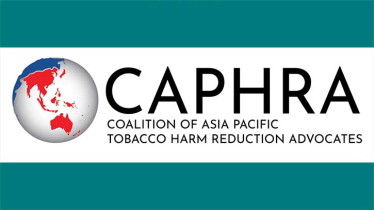
Photo: Collected
Bangladesh has now became a role model before the globe for controlling population growth as the proper initiative declined population growth rate to 1.37 percent from 2.64 percent.
Bangladesh had taken a mega plan in controlling population in 1975 soon after achieving the membership of the United Nations (UN) on September 17 in 1974.
In continuation with that, the Directorate General of Family Planning (DGFP) is working with an aim of tackling population.
For the effective initiative of the government, the population growth rate is now 1.37 percent which was 2.46 percent in 1974. No country can show such success in controlling birth.
Experts said a very successful family planning campaign was carried out by government agencies in collaboration with non-government organisations (NGOs).
This campaign was conducted under different slogans like 'a small family is a happy family', 'boy or girl, two children are enough', 'not more than two children, one is better' etc, and widely broadcasted in different media outlets, disseminating a message on the benefits of small families.
They said no other country in the globe has been able to run campaign in such way to motivate the citizens to use the 'birth control' method in handling population.
Many countries are now following Bangladesh in this regard, they opined.
According to DGFP, about eight percent able couple would have used 'birth control' method in 1975.
But, the using of contraception method has increased in every decade as its ratio stood at 54 percent in 2000 and 61.2 percent in 2011.
Currently, the ratio of using 'birth control' method has hovered at 63.1 percent while 64 percent people in urban areas and 62.4 percent people in rural areas use contraception. Among those, 61.6 percent are using modern 'birth control' method and 63.1 percent are using others method.
As per the DGFP, 59 percent of girls are still married off before the age of 18 in the country and 18.1 percent before 15.
Sources said only 15 percent women would have used modern family planning methods in 1994 in the least developed countries. But, it has now increased to 36 percent as the ratio is 61.6 percent in Bangladesh at present, the sources added.
A vast progress has taken place in mother and children health activities across the globe between 1994 and 2020.
Among the one thousand pregnant women, eight used to die in the least developed countries before 25 years ago, the sources said, adding that the percentage has reduced to half now.
Bangladesh has achieved a remarkable progress in this sector as the country is now a role model before the world in controlling birth.
Former MCH-services and line director of DGFP Dr Mohammad Sharif said the decision of taking a child is a human right. The government is ensuring that every family can decide to have child independently and planning-wise, he added.
He said seven operational plans have been taken to combat the challenges including raising the rate of using modern family planning method to 70 percent. Besides, a number of campaigns are being carried out at marginal level, he continued.
Messenger/Sourov








